Our ever so-timely corporate press has at last seen fit to give us some of the facts about what happened in Guatemala--this time after only a short 30-40 year time lag. Both the New York Times and NPR ran stories in the last couple of weeks describing the truth commission report which found the Guatemalan military guilty of "acts of genocide" against the indigenous Mayan people. Out of 200,000 people killed, the report found the military responsible for 93 percent of the killings. The NYT report included the interesting tidbits that the CIA aided the Guatemalan military forces, and that American "counterinsurgency" training was a key factor in causing the human rights violations that occurred. These human rights violations included the use of, among other things, forced disappearances, the systematic rape and murder of women, and the extermination of the civilian populations of entire villages as weapons of war.
NYT deserves some credit for reporting on this subject (and on the front page, no less!), as does NPR. Even the Clinton administration deserves some praise (shocking, but true) for declassifying and making available several documents to the Guatemalan Historical Clarification Commission (the U. S. was, in fact, the only country to do so). Unfortunately, none of these reports reveal the full picture of U.S. involvement in Guatemala, a picture that's been available for the past 30 years. Contrary to the whitewashing by Donald Planty, the U.S. ambassador, who said, "...these were abuses committed by Guatemalans against other Guatemalans--the result of an internal conflict" (NYT), the U.S. national security state supported, equipped, and actually created the post-war Guatemalan military state. Corporate involvement and encouragement was there from the start.
A democratically elected President, Jacobo Arbenz, took office in 1951 with a program of land reform. Before his program was put into effect, 2.2% of the Guatemalan landowners owned 70% of the arable land, and the average annual per capita income of farm workers was about $87. Under the Arbenz program, uncultivated land was given away to around 100,000 landless peasants; in addition, he instituted a program of support for union rights and other social reforms. So of course he had to go.
One of the principal architects of his downfall was the United Fruit Company. Both the Truman and Eisenhower administrations were lobbied aggressively by executives of the United Fruit Company, which had friendly ties with many Congressmen and State Department officials. In addition, Eisenhower's personal secretary was the wife of United Fruit's public relations director, and Under Secretary of State Walter Smith was looking for a job with United Fruit while he was still in the administration. United Fruit monopolized Guatemala's banana exports and owned much of the country's communications system; its control over the economy was threatened by Arbenz's programs. But what must have especially raised United Fruit's ire was the land reform program: United Fruit wanted $16 million for the portion of its land the government was expropriating--land which United Fruit itself valued at only $525,000--exactly what the Guatemalan government was offering for it.
The first CIA plan to overthrow Arbenz was formulated in 1952, but wasn't implemented until after Eisenhower became president in 1953. The CIA approached right-wing malcontents in the military and supplied them with weapons, with a generous $64,000 donation by United Fruit. The resulting uprising was defeated, and the role of United Fruit came out in the trial of the rebels.
The role of the CIA was revealed in 1954, when plans of yet another coup were discovered and published in Guatemala's newspapers. The State Department and U.S. newspapers such as the NYT pooh-poohed the charges, naming them communist propaganda. There were, of course, some communists in the Arbenz government, but not very many. Out of the 51 seats that made up the Arbenz coalition, a total of 4 were held by communists, and Arbenz himself wasn't a communist--not that that would have excused the attempt by the U.S. to overthrow a popularly elected government.
The CIA, of course, implemented its plans and proceeded to launch a massive propaganda campaign against the Guatemalan people. One example: United Fruit company representatives circulated pictures of mutilated bodies claiming they were victims of atrocities committed by the Arbenz regime, all the while knowing this was untrue. On June 18 the CIA dropped leaflets demanding Arbenz resign, and then proceeded to attack that afternoon, its planes strafing the National Palace and dropping bombs. An insidious propaganda campaign led the people and armed forces to believe they were being invaded by an overwhelming force, and finally Arbenz was forced to resign in favor of the military.
The results of the military takeover were to be expected. Thousands of people were arrested on suspicion of being communist, many of whom were tortured and killed. Labor organizers for United Fruit were murdered, the banana unions and other labor organizations were banned, and the land reform program was reversed. Political parties and peasant organizations were also banned, newspapers were closed, and politically unacceptable books were burned.
This was the beginning of the CIA's role as protector of the rich against the poor in Guatemala. Those who in later years rebelled against the military rule were the poorest of the poor, typically the indigenous Mayan people. Indeed, because of their poverty, the Mayans were profiled as being natural supporters of the guerrilla movement, which is why the military (aided and abetted by the CIA) conducted their campaign of genocide to wipe them out, in 36 years of the most brutal war in Central American history. (One of the most fascinating accounts of the civil war can be found in Jennifer Harbury's book, "Bridge of Courage.") It's an amazing tribute to the power of the human spirit that the military didn't succeed, and that, as of 1996, the guerrillas now have their own political parties.




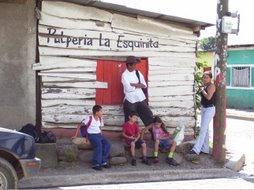





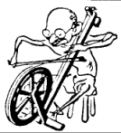
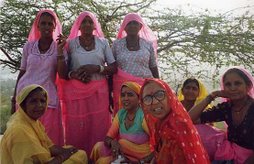





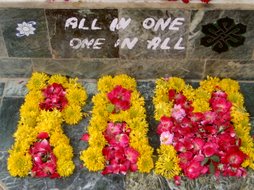
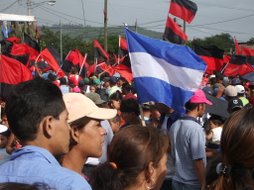
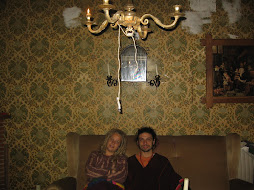

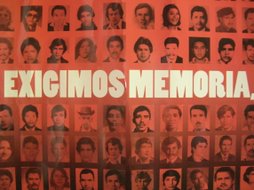
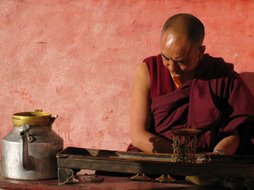
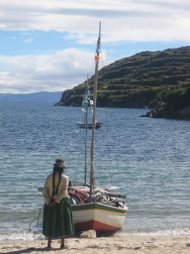
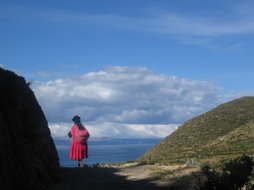
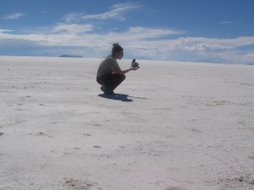
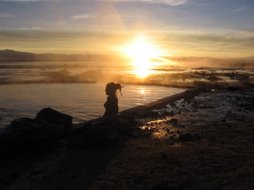
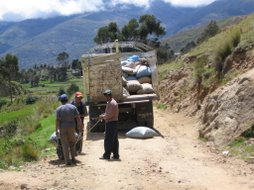

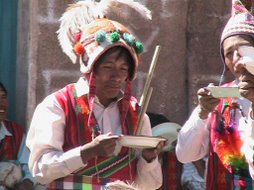

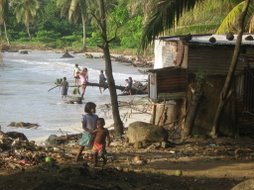
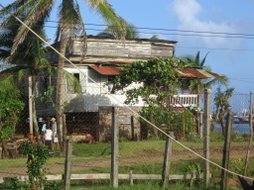
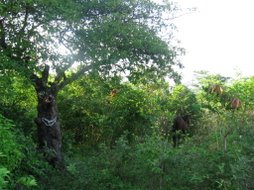


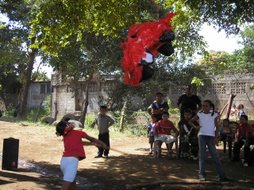
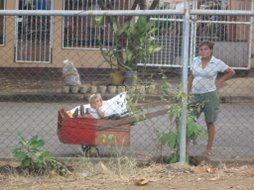
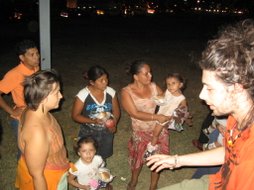
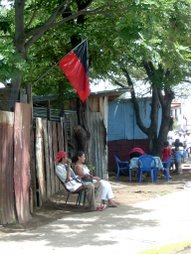

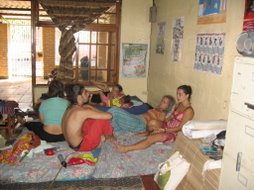
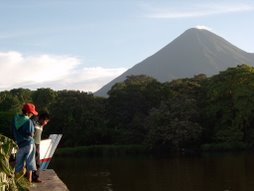
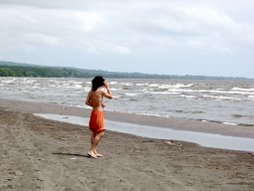


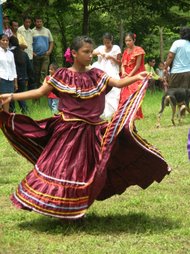
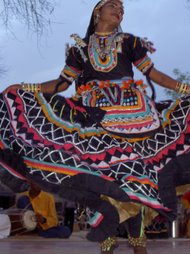


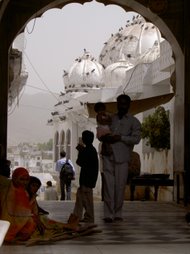
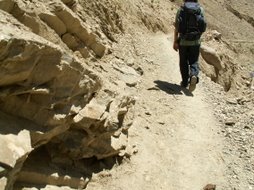
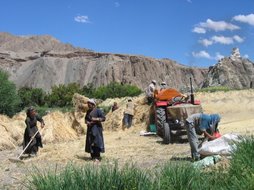
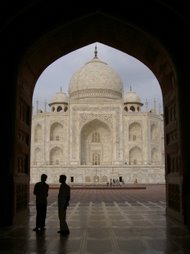
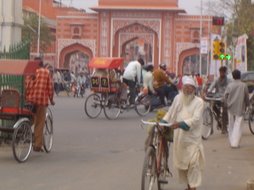
1 commento:
Pretty blonde with blue breast support with no underwear displays the girl's delicious holder and also her own sweet small golf hole [url=http://www.xvideos.com/video1641316/jemeni_booty_talk]Tori Dark-colored As well as Dark red Knox[/url] A couple incredibly hot girls you need to along with a pizzaboy designed for fucking his particular dicks and hubby offers them serious cumshots , Shyla's Fairly In Green Hot massive titty health care worker jasmine black colored functions her own special treatment process to find her affected individual denis marti cum outside her sickness. http://www.xvideos.com/video1893276/suck_it_and_swallow_it Woman screwed in her own roof garden , Novice slut along with a great ass jiggles your ex boobs along with gets a very difficult penile rammed directly into the girl moist vagina.
Posta un commento